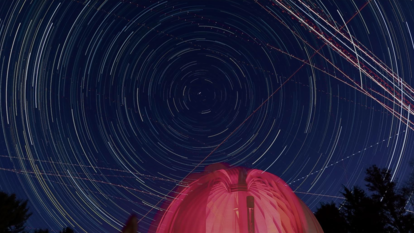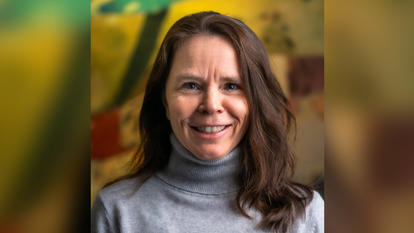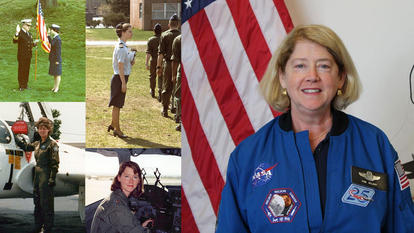Wellesley Student Shines at Astrochemistry Conference in Vietnam
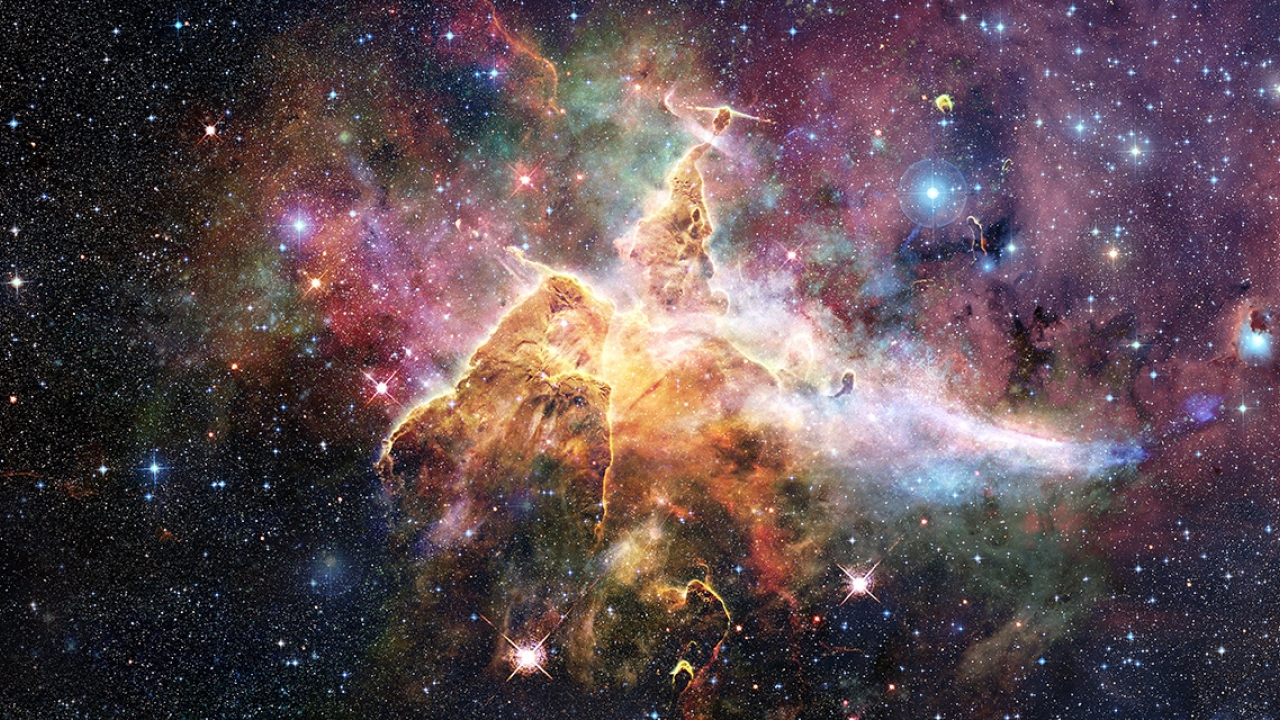
During a July conference in Quy Nhon, Vietnam, on the topic The Cosmic Cycle of Dust and Gas in the Galaxy: From Old to Young Stars, Lan Dau ’21 presented her paper, First Detection of Methoxymethanol as a Photolysis Product of Condensed Methanol, and won second prize in the student presentation category.
“I was nervous at first but felt more confident as I went along,” she said of her presentation. “It was a challenge to get in front of a large audience.”
A native of Hanoi, Dau was one of just two undergraduate participants at the conference, whose 67 attendees, most of them professors, research scientists, and post-doctoral and graduate students, hailed from 16 countries.
“A lot of the others who attended with me were established scientists in astronomy and astrochemistry, but everyone was friendly and received me well,” Dau said.
Dau’s research broadens our understanding of “the energetic mechanisms likely responsible for the extraterrestrial synthesis of prebiotic molecules,” said Chris Arumainayagam, professor of chemistry at Wellesley, who also presented at the conference.
The energetic processes involve both photochemistry and radiation chemistry of cosmic ices. In outer space, 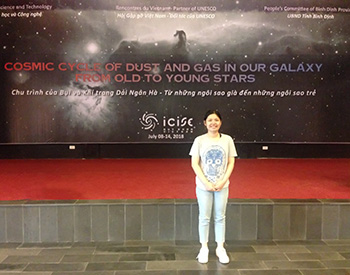 photochemistry and radiation chemistry are typically initiated by UV light and cosmic rays, respectively. Cosmic rays are energetic particles that travel very rapidly through space.
photochemistry and radiation chemistry are typically initiated by UV light and cosmic rays, respectively. Cosmic rays are energetic particles that travel very rapidly through space.
The goal of the research done in the lab, said Arumainayagam, is to understand the “chemistry of the heavens” by recreating what happens in interstellar space when UV light and/or high-energy cosmic rays impact ices (containing water, methanol, and ammonia) surrounding micron-size dust grains in dark, dense molecular clouds, where the pressure is 10 trillion times lower than atmospheric pressure.
Dau conducted her experiments in a state-of-the-art ultrahigh vacuum (UHV) chamber, which mimics the conditions of extreme low pressures and temperatures in outer space.
She and her Wellesley lab mates identified for the first time that methoxymethanol is a product of photon-initiated reactions in interstellar ice analogs. In 2017, measurements from the revolutionary Atacama Large Millimeter/submillimeter Array (ALMA) telescope provided evidence for the first detection of methoxymethanol (CH3OCH2OH) in the interstellar medium.
Photo: Mystic Mountain region in the Carina Nebula, imaged by the Hubble Space Telescope.
Photo (Inset): Lan Dau ’21 at an international astronomy conference focused on the Cosmic Cycle of Dust and Gas in the Galaxy: From Old to Young Stars in Quy Nhon, Vietnam, where she presented her work on interstellar chemical reactions.

